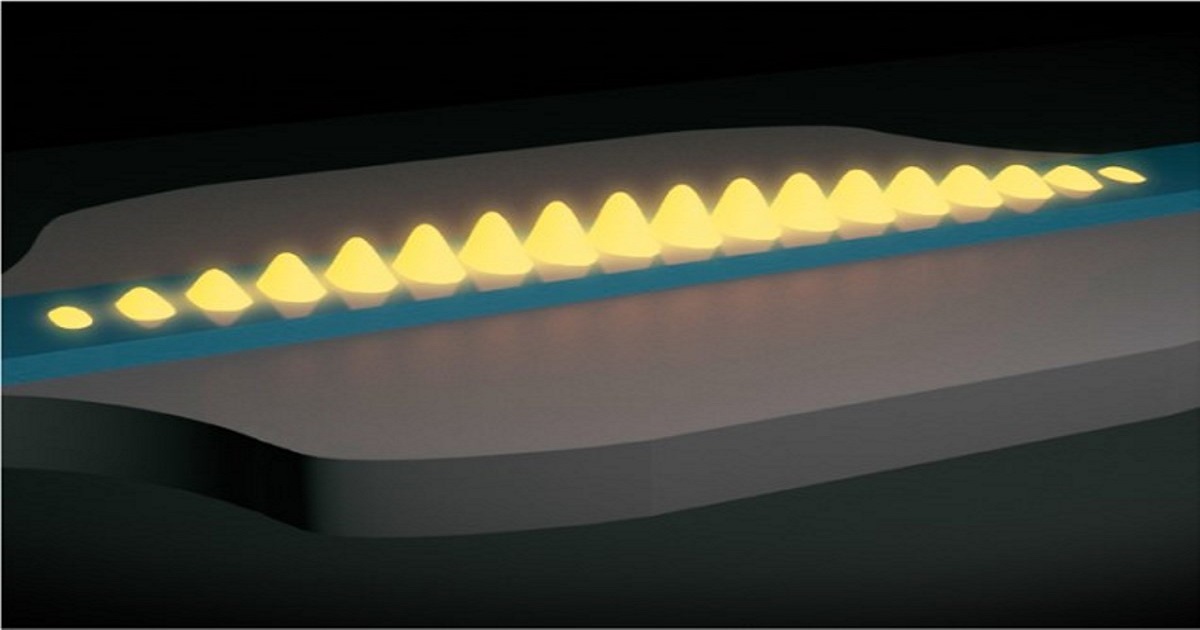Advances in Photonics and Optics: Materials and Structures for Emerging Applications
A special issue of Applied Sciences (ISSN 2076-3417). This special issue belongs to the section "Optics and Lasers".
Deadline for manuscript submissions: 30 July 2024 | Viewed by 2093

Special Issue Editors
Interests: design and characterization of photonic devices; photonic crystals; integrated plasmonic waveguides and nanotweezers; graphene based nanostructures; nanoantennas; metasurfaces
Interests: design; fabrication and characterization of integrated photonic; graphene-based and plasmonic devices; metasurfaces; optical sensors; microwaves devices; antennas
Special Issues, Collections and Topics in MDPI journals
Interests: graphene-based components; reconfigurable intelligent surface; coding based metasurface; design; fabrication and characterization of microwaves devices and antennas
Special Issue Information
Dear Colleagues,
This Special Issue aims to bring together theoretical and experimental contributions to illustrate the latest advances in the fields of photonics and optics originating in the engineering of structures, materials or their synergistic combination, to outline research trends in addressing current and future challenges. For example, metamaterials, freeform optics, and transformation optics have highlighted the power of this intelligent synergy in controlling the local or orbital properties of light, enabling the enormous potential of optical and photonic devices to be unleashed in a boundless range of applications. In addition, two-dimensional materials, liquid crystals and phase-change materials can further enhance this paradigm by revealing new capabilities and functions even in traditional dielectric or plasmonic structures, such as cavities, couplers, optical interconnections and photonic crystals.
Possible areas in which the intelligent and combined exploitation of the properties of novel geometries, structures, and materials has brought breakthrough innovations include telecommunications, sensing, imaging, computing, energy, and biomedicine.
Dr. Giovanni Magno
Dr. Marco Grande
Guest Editors
Dr. Ilaria Marasco
Guest Editor Assistant
Manuscript Submission Information
Manuscripts should be submitted online at www.mdpi.com by registering and logging in to this website. Once you are registered, click here to go to the submission form. Manuscripts can be submitted until the deadline. All submissions that pass pre-check are peer-reviewed. Accepted papers will be published continuously in the journal (as soon as accepted) and will be listed together on the special issue website. Research articles, review articles as well as short communications are invited. For planned papers, a title and short abstract (about 100 words) can be sent to the Editorial Office for announcement on this website.
Submitted manuscripts should not have been published previously, nor be under consideration for publication elsewhere (except conference proceedings papers). All manuscripts are thoroughly refereed through a single-blind peer-review process. A guide for authors and other relevant information for submission of manuscripts is available on the Instructions for Authors page. Applied Sciences is an international peer-reviewed open access semimonthly journal published by MDPI.
Please visit the Instructions for Authors page before submitting a manuscript. The Article Processing Charge (APC) for publication in this open access journal is 2400 CHF (Swiss Francs). Submitted papers should be well formatted and use good English. Authors may use MDPI's English editing service prior to publication or during author revisions.
Keywords
- metamaterials
- metasurfaces
- plasmonics
- photonics
- optics
- smart materials
- graphene, 2D materials
- phase-change materials
- nanoantennas
- nonlinear materials
- structure engineering







